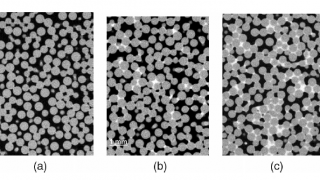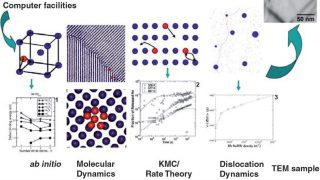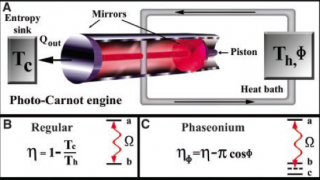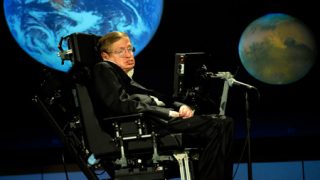
Moving pyramid stones on sand
Of all the seven wonders of ancient times, only the pyramids of Egypt remain on their feet. The technical means Egyptians had that many years ago for building these huge structures were extremely limited, and that is the main reason for them being so fascinating: they could build them despite the huge technical difficulties they […]








